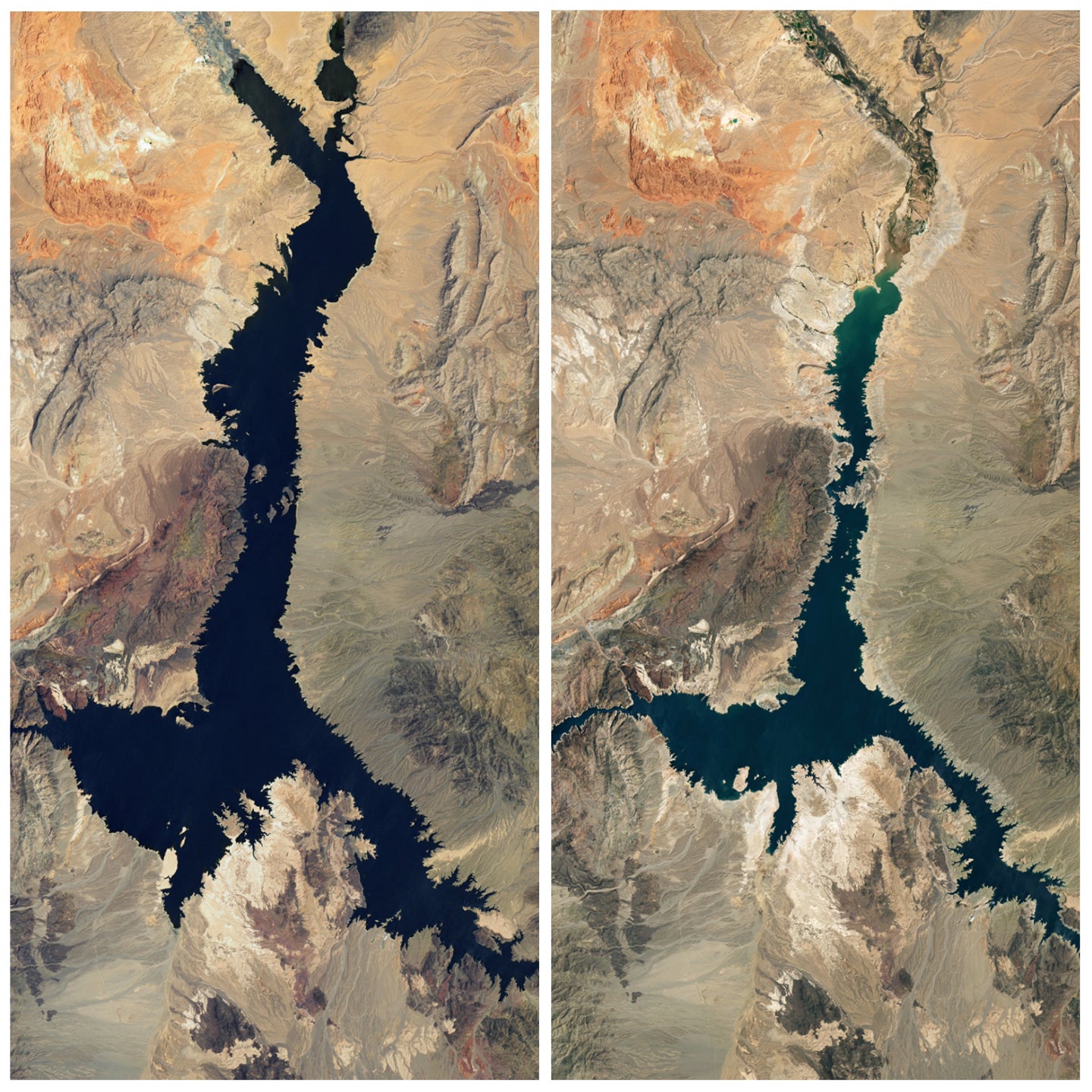The US climate and healthcare bill has more money for droughts - here’s why
The Inflation Reduction Act will be the most meaningful climate law in US history
The $370 billion climate and healthcare bill is heading for President Joe Biden’s desk later on Tuesday after being passed along strict party lines in Congress.
The legislation, known as the Inflation Reduction Act (IRA), intends to cut prescription drug prices and expand heathcare coverage, along with closing tax loopholes used by corporations and the rich.
It will also be the most meaningful climate law in US history, putting the country back on track to dramatically cutting domestic emissions.
Recent analyses of the IRA by independent policy groups found that it would cut US carbon emissions up to 44 per cent by 2030 (over 2005 levels) – within striking distance of President Biden’s pledge of 50 per cent.
Whether Democrats in Congress could pass significant climate action has teetered on a knife edge all year. For example, Arizona Senator Kyrsten Sinema, a centrist from a state fairly evenly split between Republican and Democratic voters, had a few requests before pledging her support last week.

Democrats agreed to remove a measure that would have closed the carried interest loophole – which allows partners of hedge funds or venture capital firms to have their income taxed as capital gains, at a lower rate than traditional income.
Senator Sinema also asked that more funding – around $5bn – be added to the bill to combat droughts.
California Senator Alex Padilla told The Independent last week that he was looking forward to details, and would “welcome the additional resources for drought resilience”.
Arizona, and other Southwestern states, are in the second-fastest warming region of the US (after Alaska) due to the climate crisis.

Phoenix, Arizona’s largest city, is America’s hottest. The temperature hit 114 degrees Fahrenheit (45.5 degrees Celsius) before summer officially started this year, and heat has killed 38 people in Maricopa County, where Phoenix is located.
The blistering heat is exacerbating the severe drought in the region, and is a factor in wildfire outbreaks. Three large wildfires are currently burning in Arizona, and have destroyed more than 3,000 acres.
The US West is in the grips of a two-decade “megadrought”, the driest period in 1,200 years which research recently discovered would have been impossible without the climate crisis.
All of California, Nevada, Arizona, Utah and New Mexico are in drought conditions ranging from moderate to exceptional this summer.Colorado is also in drought in all but three counties in the north of the state.
The conditions, along with overconsumption of water, have left the US’s largest reservoirs – Lake Mead and Lake Powell – at their lowest levels ever.
Lake Mead, in Nevada and Arizona, was created in the 1930s by the construction of the Hoover Dam on the Colorado River. Lake Powell, in Utah and Arizona, was created in the 1960s when the Glen Canyon Dam was built.
The dams are at risk of “dead pool status”, the United Nations Environment Program (UNEP) warned recently, meaning water could drop so low it won’t flow downstream and power hydroelectric power stations.
Last summer, the US declared the first-ever shortage on the Colorado River which supplies water to 40m people and sustains 4.5m acres of agriculture in the West.
This article has been updated
Join our commenting forum
Join thought-provoking conversations, follow other Independent readers and see their replies
Comments

Bookmark popover
Removed from bookmarks